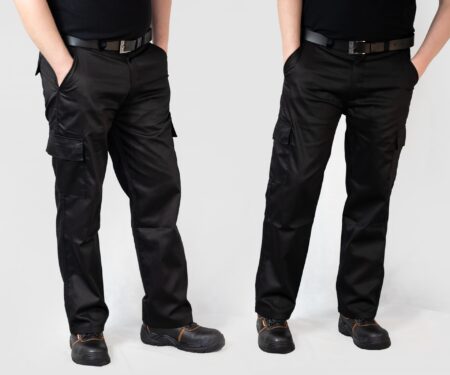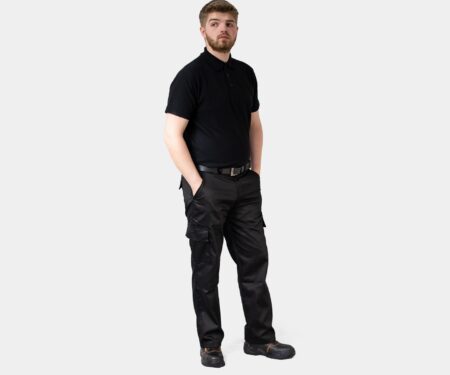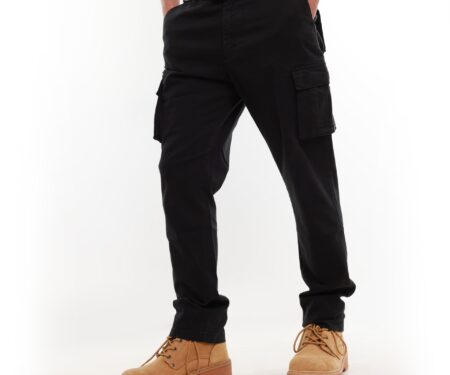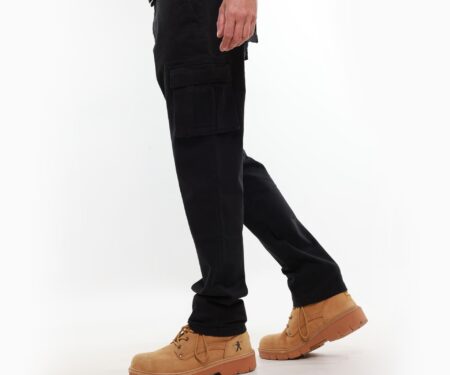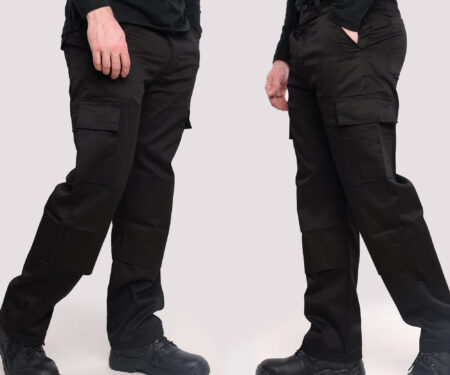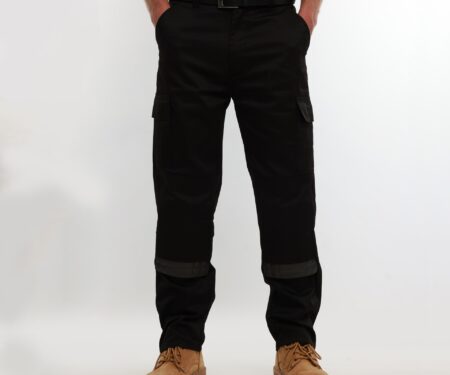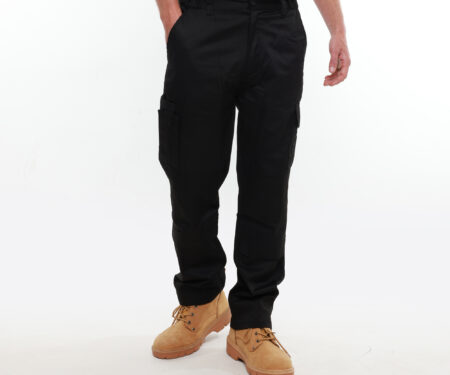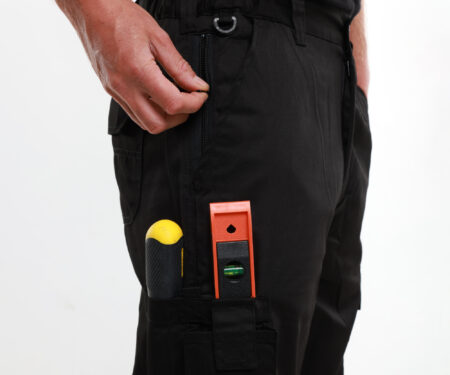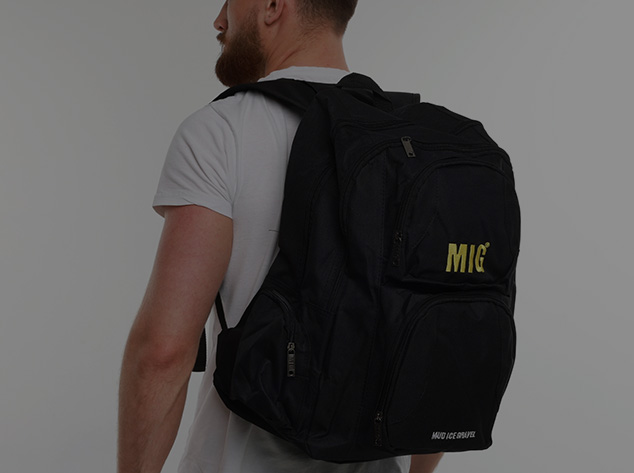Winter can be a difficult time when working outside. The cold and wet conditions can cause a variety of hazards. Simple tasks can become difficult if the correct cold protection is not being worn.
In the UK we usually experience an average temperature of 0.2 °C during the winter periods as was the case for the 2017/2018 winter. However, when working at night you can feel a huge decrease in temperature.
This decrease in temperature can result in injury especially when exposed for a long period of time. It is important to stay protected when working in cold weather conditions. In this article, we will be discussing the effects of cold weather on the body as well as cold protection and the legislation behind the PPE.
Effects of cold weather on the body.
Immediate effects of cold weather can be as simple as lack of concentration and difficulty with normal movement. Prolonged exposure can result in far worse conditions, such as hypothermia. This condition is very serious as are many others from exposure to the cold. Here is a list of the potential injuries that can occur due to cold temperatures.
- Chilblains
- Immersion foot
- Trenchfoot
- Frostnip
- Frostbite
- Hypothermia
- Cold Urticaria
Frostnip
A common injury when working outdoors is frostnip. Thankfully it is one of the mildest forms of cold injury. It often occurs when your fingers, toes, cheeks ears or your nose is exposed to the cold for a long period of time. The easiest symptom to look out for is numbness. The skin of the affected area can turn white and/or becomes hard.
Treating cold-related injuries can be as simple as gently warming around the affected area but not directly on. Never use very hot objects or directly rub the affected area, this can cause skin damage and long-term damage.
Frostbite
Frostbite is more severe condition than frostnip. The condition occurs when skin temperature falls below freezing point and/or restricts blood flow to the tissue. Blood vessels can be severely or permanently damaged after being affected by frostbite.
Frostbite can make the skin susceptible to infections and death of the soft tissue. In some cases, blisters and a burning sensation is also present.
Hypothermia
Hypothermia can set in very quickly. If the core body temperature falls below 37°C even by 1 or 2°C the effects will become apparent. Mild hypothermia can result in shivering, cold sensations, goosebumps, numb hands and other common symptoms that are linked with coldness. As your body temperature lowers towards 33°C symptoms will worsen, violent shivers, amnesia, lack of function in extremities and difficulty speaking will become apparent. If your body reaches 25°C , a fatality is almost guaranteed.
| Stage | Core Temperature |
Signs and Symptoms |
|---|---|---|
| Mild Hypothermia | 37.2-36.1ºC (99 – 97ºF) |
Normal, shivering may begin. |
| 36.1-35ºC (97 – 95ºF) |
Cold sensation, goose bumps, unable to perform complex tasks with hands, shivering can be mild to severe, hands numb. | |
| Moderate Hypothermia | 35-33.9ºC (95 – 93ºF) |
Shivering, intense, muscles incoordination becomes apparent, movements slow and laboured, stumbling pace, mild confusion, may appear alert. Use sobriety test, if unable to walk a 9 meter (30 foot) straight line, the person is hypothermic. |
| 33.9-32.2ºC (93 – 90ºF) |
Violent shivering persists, difficulty speaking, sluggish thinking, amnesia starts to appear, gross muscle movements sluggish, unable to use hands, stumbles frequently, difficulty speaking, signs of depression, withdrawn. | |
| Severe Hypothermia | 32.2-30ºC (90 – 86ºF) |
Shivering stops, exposed skin blue of puffy, muscle coordination very poor, inability to walk, confusion, incoherent/irrational behaviour, but may be able to maintain posture and appearance of awareness |
| 30-27.8ºC (86 – 82ºF) |
Muscle rigidity, semiconscious, stupor, loss of awareness of others, pulse and respiration rate decrease, possible heart fibrillation. | |
| 27.8-25.6ºC (82 – 78ºF) |
Unconscious, a heart beat and respiration erratic, a pulse may not be obvious. | |
| 25.6-23.9ºC (78 – 75ºF) |
Pulmonary edema, cardiac and respiratory failure, death. Death may occur before this temperature is reached. |
Source: https://www.ccohs.ca/oshanswers/phys_agents/cold_health.html
Cold Protection
There are multiple way to protect against the cold. Immediate ways to protect are to wear gloves, fleece jackets and even thermal layers under your work clothes can help defeat the cold.
When choosing your clothing always remember to check the protective properties.
For employee working in an outdoor environment, it is common for them to wear hi vis cold protection clothing. Cold protection hi vis garments help keep you visible as well as protected from the cold.
EN342
Cold protection is so important that there is legislation designed just below zero protection. Available in three temperature ranges, chill (-5°C), cold store (-25°C) and deep freeze (-40°C), there is clothing to help in almost all temperatures the UK has to offer.
EN342 has four parameters which are broken down into A,B,C,D. The rating should look something like this: EN342 (0000,X,X,X).
A) Thermal insulation properties with motion
Thermal insulation of the garment is rated from higher to lower, higher being more insulating. The code may also have a (B) trailing which means the item have been tested with thermal undergarments.
B) Thermal insulation properties without motion (optional)
This optional parameter is measure the same as above but without motion as a factor.
C) Air permeability (1-3)
Air permeability is related to the breathability of the garment. Ranging from 1-3 with 1 being the highest and 3 the lowest. The higher the air permeability the increase in warmth and comfort.
D) Waterproof penetration properties (1-2 optional)
This parameter although is not required, is an added feature. Showing you the waterproof properties of the garment, ideal for working in cold wet conditions.
Items which are rated to EN342 standards can be found in our extreme cold wear category.
EN343
In addition to EN342, you may also be looking to stay protected from the rain. This standard outlines the testing needed for the item to qualify for this safety rating. The rating will be followed by two numbers which are broken down into X & Y.
X) Water penetration resistance
This is classed between 1-3 with 3 being the best resistance to water penetration.
Y) Breathability
Similar to X, Y is rated between 1-3 with 3 being the best resistant to water vapor. If the item is class 1, the garment must also have a restricted wearing time.
EN471
EN471 is the specification for high visibility clothing. Hi visibility usually comes hand in hand with working in cold outdoor weather. Hi Vis clothing is usually worn when working outdoors due to the risk of moving vehicles, or in the case of needing extra visibility of employees.
This standard is rated in three classes, each with an increasing level of protection starting from 1. With all of them having the same baseline standard of the retro-reflective tape not being less than 50mm wide.
CLASS 1
The lowest of the classes, this class is the basic level of protection and items must been the following standards.
- Band of retro-reflective material shall not be less than 50mm wide.
- Minimum background material 0.14m sq.
- Minimum retro-reflective material 0.10 sq.
CLASS 2
This intermediate level of protection has slight differences such as the minimum background material and minimum retro-reflective material.
- Band of retro-reflective material shall not be less than 50mm wide.
- Minimum background material 0.50m sq.
- Minimum retro-reflective material 0.13 sq.
CLASS 3
Lastly, the highest protection of the classes. Class 3 is designed to give you maximum protection. It achieves this by having a high minimum requirements for the background material and retro-reflective material.
- Band of retro-reflective material shall not be less than 50mm wide.
- Minimum background material 0.80m sq.
- Minimum retro-reflective material 0.20 sq.

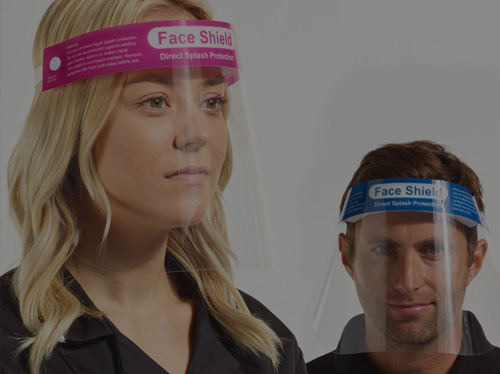




![clearpay1]](https://www.siteking.co.uk/wp-content/uploads/2023/03/clearpay1.jpg)
